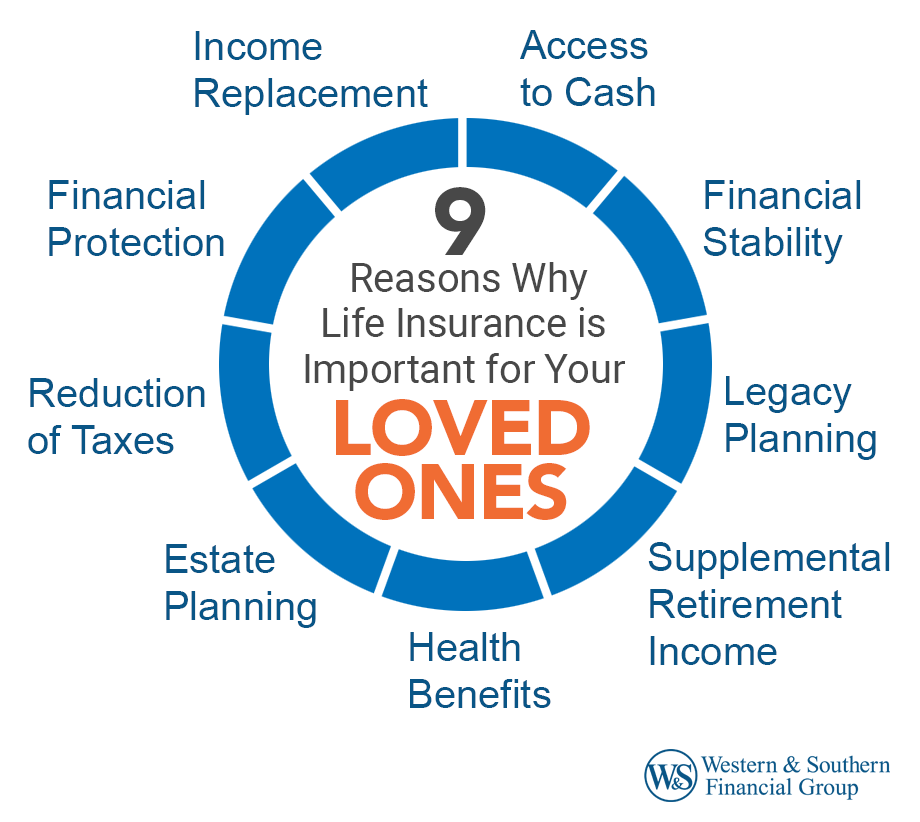Some Known Details About Pacific Prime
Some Known Details About Pacific Prime
Blog Article
Get This Report on Pacific Prime
Table of ContentsOur Pacific Prime IdeasPacific Prime Can Be Fun For AnyoneSome Known Incorrect Statements About Pacific Prime About Pacific PrimePacific Prime Can Be Fun For Everyone

This is since the information were collected for a duration of strong economic performance. Of the estimated 42 million people that were without insurance, just about about 420,000 (about 1 percent) were under 65 years of age, the age at which most Americans end up being eligible for Medicare; 32 million were adults between ages 18 and 65, about 19 percent of all adults in this age group; and 10 million were kids under 18 years old, regarding 13.9 percent of all children (Mills, 2000).
These quotes of the variety of individuals without insurance are generated from the annual March Supplement to the Current Populace Study (CPS), performed by the Census Bureau. Unless or else kept in mind, national estimates of people without health and wellness insurance policy and proportions of the populace with various sort of protection are based upon the CPS, the most commonly made use of resource of price quotes of insurance policy protection and uninsurance prices.
The Best Guide To Pacific Prime

Still, the CPS is specifically valuable since it generates yearly quotes fairly quickly, reporting the previous year's insurance protection approximates each September, and because it is the basis for a constant collection of price quotes for greater than 20 years, allowing for evaluation of trends in insurance coverage gradually. For these reasons, as well as the extensive use the CPS in other studies of insurance policy coverage that are offered in this report, we count on CPS quotes, with restrictions kept in mind.

The price quote of the number of without insurance people broadens when a populace's insurance coverage condition is tracked for several years. Over a three-year period beginning early in 1993, 72 million individuals, 29 percent of the U.S. https://href.li/?https://www.pacificprime.com/. population, were without protection for at the very least one month. Within a single year (1994 ), 53 million individuals experienced at least a month without protection (Bennefield, 1998a)
6 out of every ten uninsured grownups are themselves employed. Although functioning does boost the chance that a person and one's member of the family will have insurance policy, it is not a warranty. Also members of households with 2 full time breadwinner have virtually a one-in-ten opportunity of being without insurance (9.1 percent without insurance price) (Hoffman and Pohl, 2000).
See This Report on Pacific Prime
New immigrants represent a significant proportion of individuals without health insurance Find Out More policy. One analysis has connected a considerable part of the current development in the dimension of the united state uninsured populace to immigrants that got here in the country in between 1994 and 1998 (Camarota and Edwards, 2000). Recent immigrants (those who came to the United States within the past four years) do have a high rate of being uninsured (46 percent), yet they and their children make up simply 6 percent of those without insurance policy nationally (Holahan et al., 2001).
The connection between health and wellness insurance coverage and access to care is well established, as documented later in this chapter. Although the connection between health insurance and health outcomes is neither direct neither straightforward, a comprehensive medical and health services study literary works links health insurance coverage to improved accessibility to care, far better top quality, and enhanced personal and population wellness standing.
Levels of evaluation for analyzing the results of uninsurance. This discussion of medical insurance protection focuses primarily on the united state populace under age 65 because practically all Americans 65 and older have Medicare or various other public protection. It concentrates specifically on those without any kind of health insurance coverage for any kind of length of time.
Excitement About Pacific Prime
The problems encountered by the underinsured are in some aspects similar to those encountered by the uninsured, although they are normally much less serious. Health insurance policy, nevertheless, is neither necessary nor enough to gain access to medical solutions. The independent and straight result of wellness insurance protection on access to health and wellness services is well developed.
Others will acquire the healthcare they need also without medical insurance, by paying for it expense or seeking it from carriers who use care cost-free or at highly subsidized prices. For still others, wellness insurance coverage alone does not make certain receipt of treatment as a result of other nonfinancial obstacles, such as a lack of healthcare service providers in their area, limited access to transport, illiteracy, or etymological and cultural differences.
An Unbiased View of Pacific Prime
Formal research study regarding without insurance populaces in the USA dates to the late 1920s and very early 1930s when the Committee on the Price of Treatment generated a collection of reports concerning financing physician workplace sees and hospitalizations. This concern came to be significant as the varieties of clinically indigent climbed up during the Great Anxiety.
Report this page